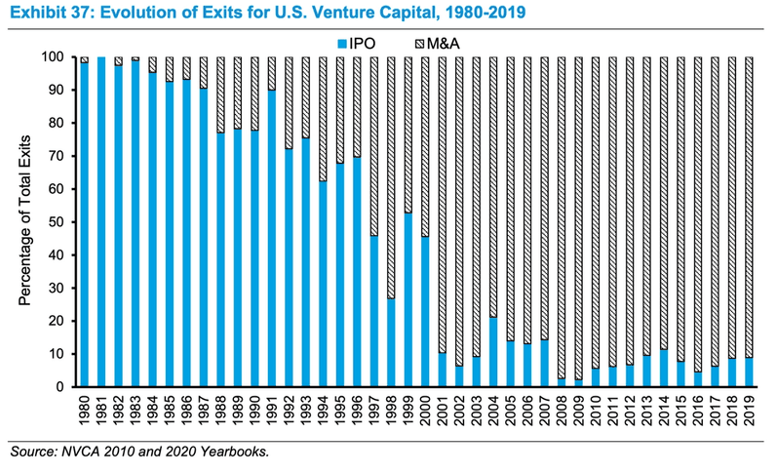From "
The Cost of Money is Part of the Cost of Living: New Evidence on the Consumer Sentiment Anomaly" by Marijn A. Bolhuis, Judd N. L. Cramer, Karl Oskar Schulz & Lawrence H. Summers, Working Paper 32163, Issue Date February 2024:
Abstract
Unemployment is low and inflation is falling, but consumer sentiment remains depressed. This has confounded economists, who historically rely on these two variables to gauge how consumers feel about the economy. We propose that borrowing costs, which have grown at rates they had not reached in decades, do much to explain this gap. The cost of money is not currently included in traditional price indexes, indicating a disconnect between the measures favored by economists and the effective costs borne by consumers. We show that the lows in US consumer sentiment that cannot be explained by unemployment and official inflation are strongly correlated with borrowing costs and consumer credit supply. Concerns over borrowing costs, which have historically tracked the cost of money, are at their highest levels since the Volcker-era. We then develop alternative measures of inflation that include borrowing costs and can account for almost three quarters of the gap in US consumer sentiment in 2023. Global evidence shows that consumer sentiment gaps across countries are also strongly correlated with changes in interest rates. Proposed U.S.-specific factors do not find much supportive evidence abroad.
From the paper [http://www.nber.org/papers/w32163]:
These increases in the cost of living do not make it into economists’ measures of inflation, however. The CPI excludes interest payments and is up a relatively muted 20 percent since the end of 2019.5 This was not always the case. When [Arthur] Okun created his index, the measurement procedure for the CPI included measures of interest costs. This changed with the CPI redesign of 1983 (Bolhuis et al. 2022a, b). Before January of that year, homeownership variables, including housing prices and mortgage rates, entered directly into the CPI. The inclusion of these components made inflation increase mechanically at the beginning of a tightening cycle and decline once policy normalization began. It also led to a volatile series with disproportionate weight for a component—housing—that is both a consumption and an investment good. After years of research, the Bureau of Labor Statistics (BLS) moved to a system of owners’ equivalent rent, which has a stronger theoretical justification (Gillingham, 1983). Housing prices and financing costs were removed from the index. But it did not disappear from the effective costs borne by would-be home buyers or others reliant on financing due to liquidity constraints, including those borrowing to finance cars and other forms of consumption. This paper argues that this disconnect in inflation measurement, on the one hand, and actual increases in the cost of living due to higher financing costs faced by consumers, on the other, underpins the recent divergence between official inflation data and consumer sentiment. [Empahsis added.]
